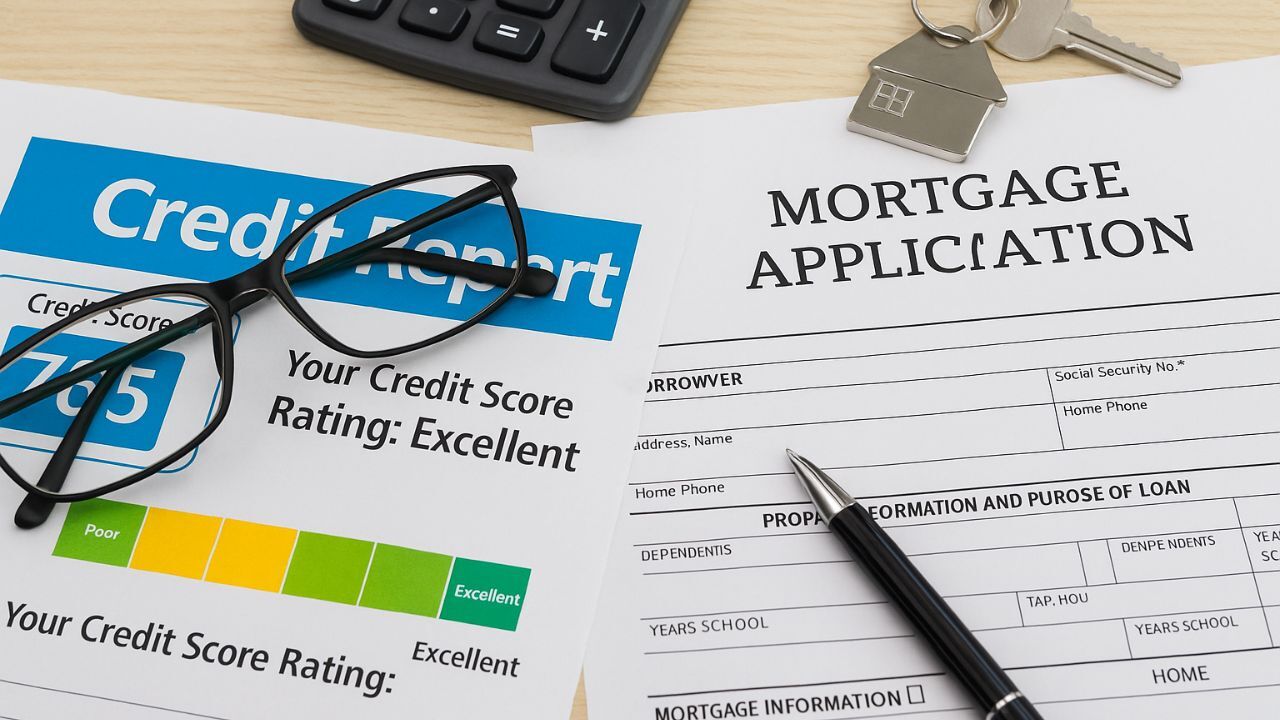How Parenthood Changes Mortgage Needs and Housing Priorities
 Becoming a parent changes everything, including how you think about homeownership. The priorities that once guided your decisions, like proximity to nightlife, short commutes, or luxury finishes, shift dramatically when you start planning for a growing family. Suddenly, your focus moves from what suits your lifestyle today to what supports your family’s future tomorrow.
Becoming a parent changes everything, including how you think about homeownership. The priorities that once guided your decisions, like proximity to nightlife, short commutes, or luxury finishes, shift dramatically when you start planning for a growing family. Suddenly, your focus moves from what suits your lifestyle today to what supports your family’s future tomorrow.
Space Becomes a Necessity, Not a Luxury
One of the first changes new parents experience is the need for more space. That cozy condo or starter home might feel tight once cribs, strollers, and toys enter the picture. Families often start looking for homes with extra bedrooms, play areas, and flexible spaces that can grow with their children. Even small details, like storage for baby gear or a fenced yard for outdoor play, become essential considerations in a home search.
Neighborhoods with Family Appeal
When you have children, the neighborhood matters as much as the home itself. Parents tend to prioritize communities with strong school districts, safe streets, and access to parks and family-friendly amenities. Walkability takes on a new meaning, less about dining options and more about nearby playgrounds and daycare centers. The right neighborhood can also offer a supportive community of other parents, which adds an often-overlooked layer of comfort and belonging.
Budget Adjustments and Financial Planning
Raising children comes with new financial responsibilities, from childcare to healthcare and beyond. Parents often reassess their budgets to ensure they can comfortably manage mortgage payments alongside other family costs. This may mean choosing a more affordable property, refinancing to lower monthly payments, or exploring loan programs that offer flexibility for growing families. Mortgage planning becomes less about maximizing borrowing power and more about long-term financial security.
Home Features for Family Life
Practicality tends to take precedence over trendiness. Parents begin to look for features that make daily routines easier, such as laundry rooms near bedrooms, open floor plans for visibility, and durable finishes that can handle the chaos of family life. Safety features also rise to the top of the list. Gated pools, stairway gates, and homes in low-traffic areas all bring peace of mind.
Looking Ahead
Parenthood does not just change your daily routine; it transforms your vision of home. Your priorities evolve from convenience and style to comfort, safety, and stability. A home becomes more than a personal retreat; it becomes the foundation for your family’s memories and milestones.
Whether you are buying your first family home or upgrading to fit your next stage of life, understanding how parenthood reshapes your housing needs ensures you make choices that truly fit your family’s journey.


 When preparing to apply for a mortgage, it is important to understand how credit inquiries can impact your chances of approval. Lenders use your credit report to assess risk, and every inquiry can play a role in how they view your financial stability. By knowing the difference between soft and hard inquiries, borrowers can make smarter decisions and protect their credit scores during the home buying process.
When preparing to apply for a mortgage, it is important to understand how credit inquiries can impact your chances of approval. Lenders use your credit report to assess risk, and every inquiry can play a role in how they view your financial stability. By knowing the difference between soft and hard inquiries, borrowers can make smarter decisions and protect their credit scores during the home buying process.